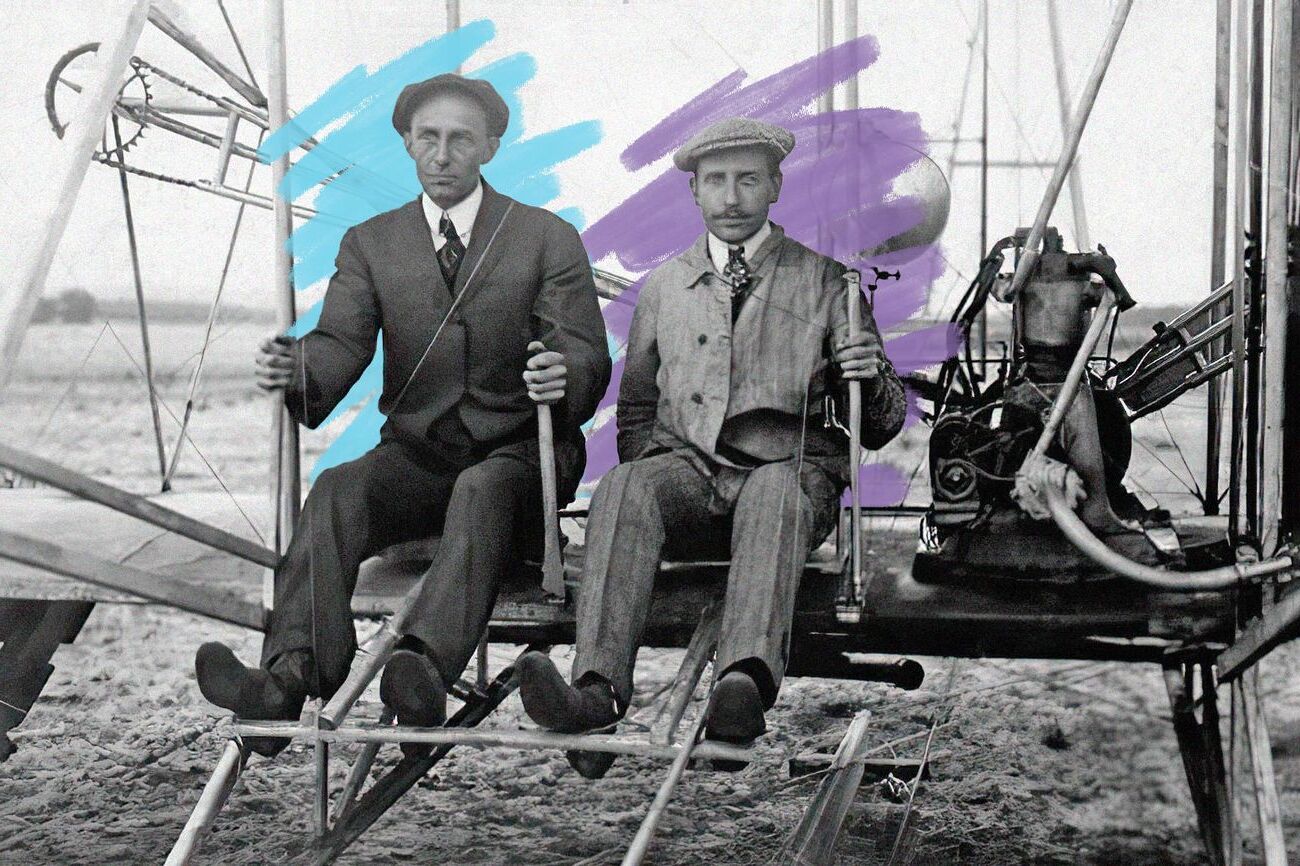
Orville Wright, alongside his brother Wilbur, forever changed the course of history with their pioneering achievements in aviation. Born on August 19, 1871, Orville was not just a mere inventor but a visionary who, with his sibling, turned the dream of flight into reality. This introduction will illuminate 13 captivating facts about Orville Wright, offering a glimpse into the life of a man whose innovations laid the groundwork for modern aeronautics. From his early experiments with kites and gliders to the historic first powered flight at Kitty Hawk, these insights will not only educate but also inspire. Orville's story is a testament to human ingenuity and perseverance, showcasing how passion and dedication can propel us into uncharted territories. Join us as we soar through the life of Orville Wright, uncovering the legacy of a true pioneer in aviation.
Key Takeaways:
- Orville Wright, born in 1871, dropped out of high school but became a pioneer in aviation. He and his brother, Wilbur, built the first successful aircraft and changed the course of history.
- Orville Wright's passion for flight began with a toy helicopter. He piloted the first powered, controlled flight in 1903, and his legacy lives on through his groundbreaking work in aviation.
Early Life and Education
Orville Wright, one half of the famous Wright brothers, had a fascinating early life that set the stage for his future achievements. Here are some intriguing facts about his beginnings.
-
Orville was born on August 19, 1871, in Dayton, Ohio. His parents were Milton Wright, a bishop, and Susan Koerner Wright, a homemaker.
-
He was the sixth of seven children. The Wright family was close-knit, and the siblings often engaged in creative and intellectual pursuits together.
-
Orville's interest in mechanics and aviation was sparked by a toy helicopter his father brought home. This simple toy ignited a lifelong passion for flight.
-
He dropped out of high school before graduating. Despite this, Orville was highly intelligent and self-taught in many areas, including engineering and mechanics.
The Wright Brothers' Partnership
Orville and his older brother Wilbur formed a dynamic duo that changed the course of history. Their partnership was key to their success in aviation.
-
The brothers started a printing business together in 1889. They published a weekly newspaper called "West Side News," with Orville as the publisher and Wilbur as the editor.
-
In 1892, they opened a bicycle sales and repair shop. This venture provided them with the funds and mechanical experience needed for their aviation experiments.
-
Orville and Wilbur were meticulous researchers. They studied the work of other aviation pioneers and conducted extensive experiments to understand the principles of flight.
Achievements in Aviation
The Wright brothers' achievements in aviation are legendary. Orville played a crucial role in these groundbreaking accomplishments.
-
On December 17, 1903, Orville piloted the first powered, controlled flight in history. The flight lasted 12 seconds and covered 120 feet.
-
The Wright Flyer, their first successful aircraft, was built in their bicycle shop. It was made of spruce wood and muslin fabric, with a wingspan of 40 feet.
-
Orville's longest flight on December 17, 1903, lasted 59 seconds and covered 852 feet. This flight demonstrated the potential of powered flight.
Later Life and Legacy
Orville Wright's contributions to aviation continued long after the first flight. His later life and legacy are equally remarkable.
-
After Wilbur's death in 1912, Orville continued to work on aviation innovations. He served as a consultant and advocate for the aviation industry.
-
In 1930, Orville received the Daniel Guggenheim Medal for his contributions to aviation. This prestigious award recognized his pioneering work in flight.
-
Orville passed away on January 30, 1948, in Dayton, Ohio. His legacy lives on through the countless advancements in aviation that followed his groundbreaking work.
A Final Glide Through Orville Wright's Legacy
Orville Wright, alongside his brother Wilbur, changed the course of history with their pioneering achievements in aviation. Orville, not just a pilot but an innovator, pushed the boundaries of what was possible in the early 20th century. His contributions didn't stop at the first powered flight; he continued refining aircraft designs, contributing significantly to the field of aeronautics. Orville's legacy is a testament to human ingenuity and perseverance. He showed us that with curiosity and determination, barriers can be broken, and new horizons can be reached. Today, every time a plane soars in the sky, it's a reminder of Orville's indomitable spirit. His story encourages us to dream big and work hard, proving that the sky's not the limit, but just the beginning.
Frequently Asked Questions
Was this page helpful?
Our commitment to delivering trustworthy and engaging content is at the heart of what we do. Each fact on our site is contributed by real users like you, bringing a wealth of diverse insights and information. To ensure the highest standards of accuracy and reliability, our dedicated editors meticulously review each submission. This process guarantees that the facts we share are not only fascinating but also credible. Trust in our commitment to quality and authenticity as you explore and learn with us.


